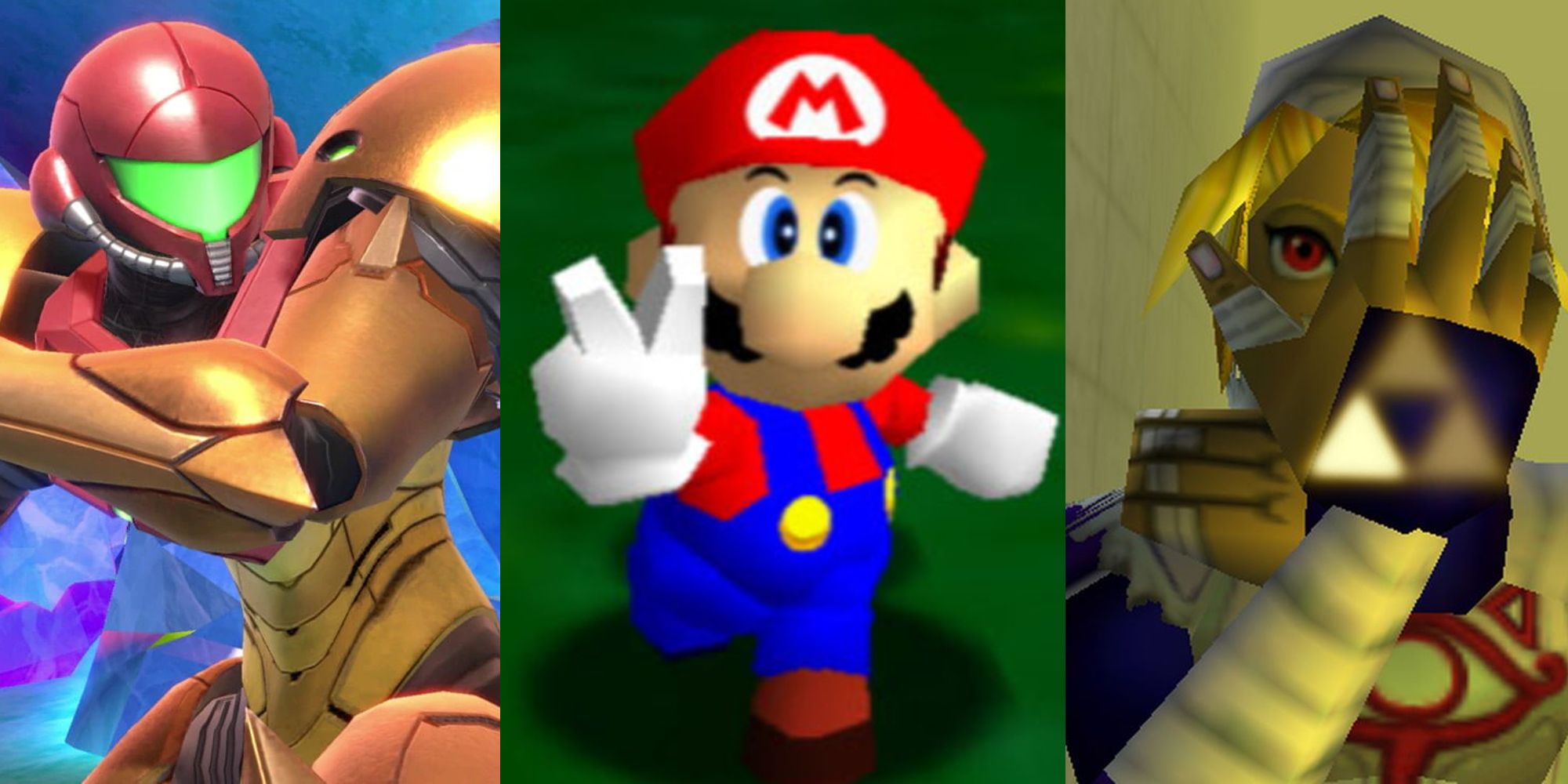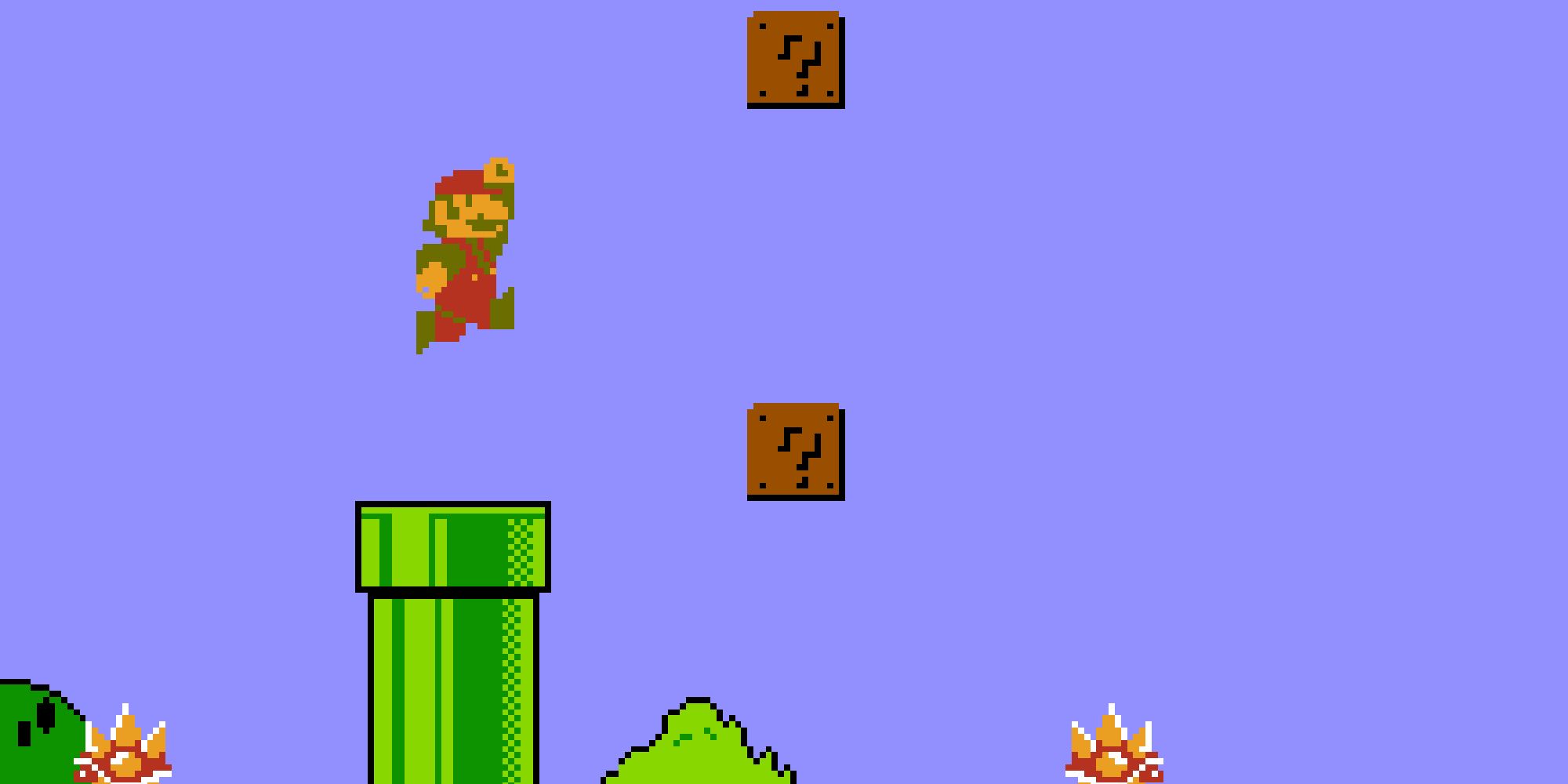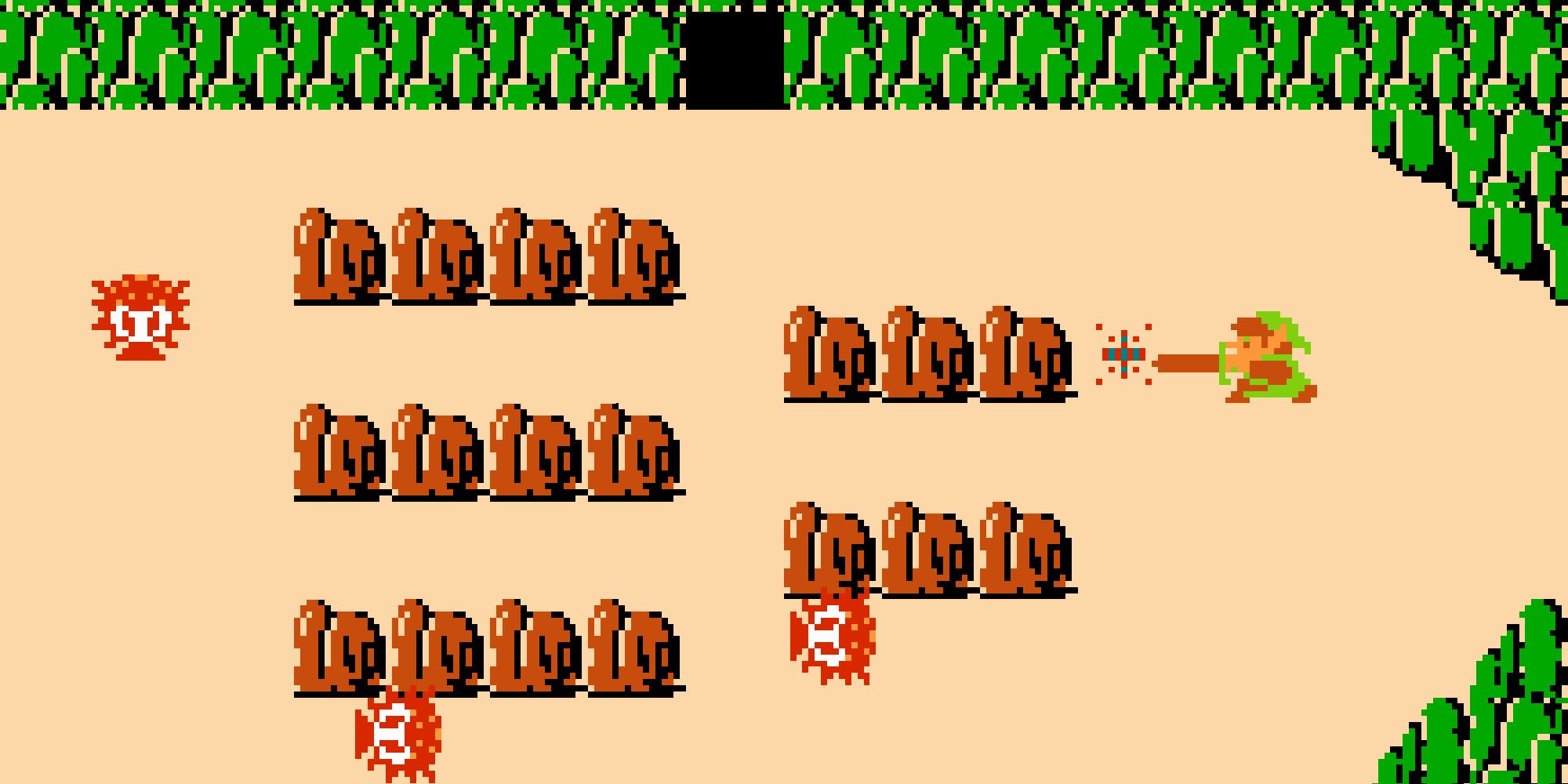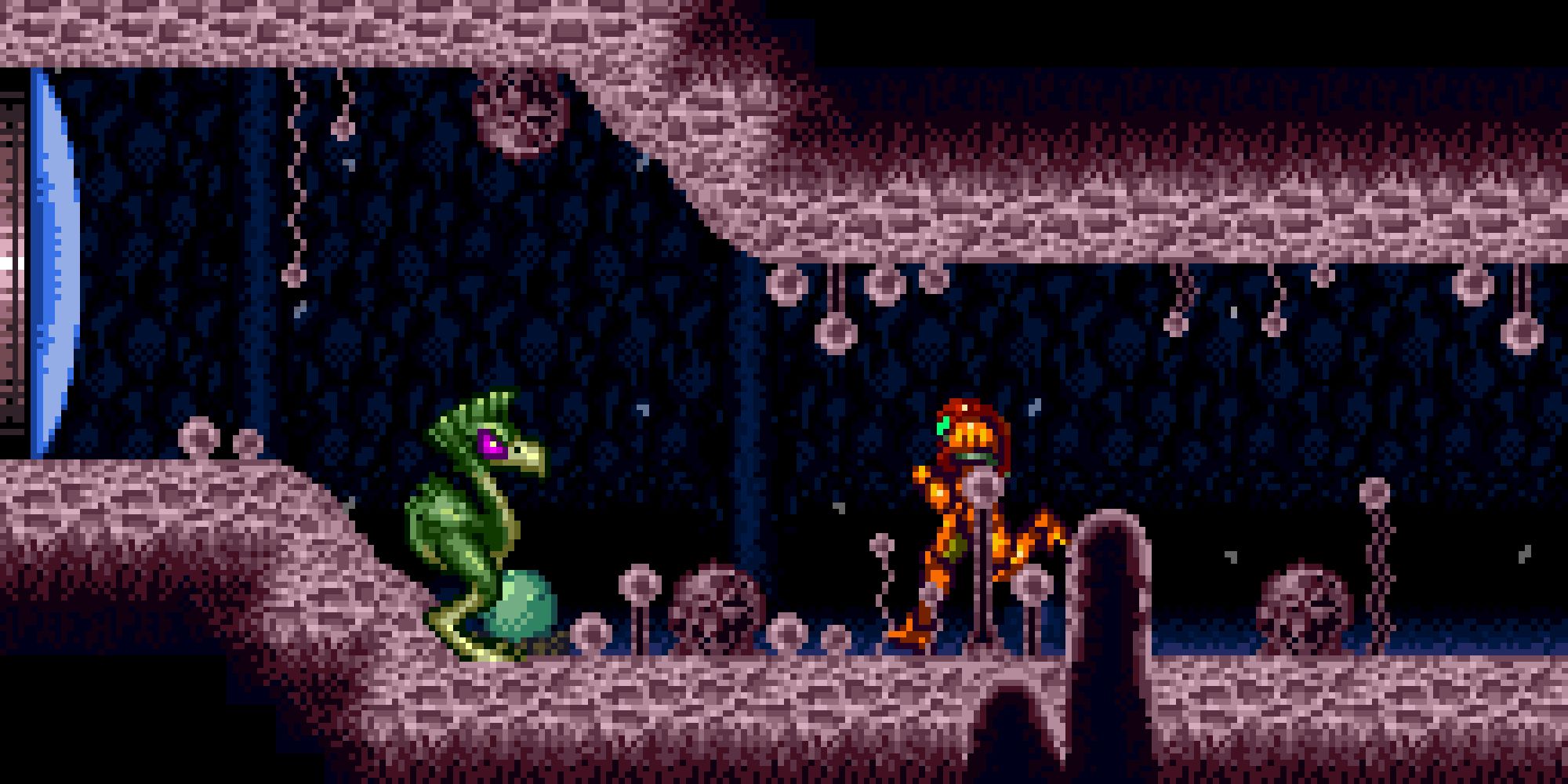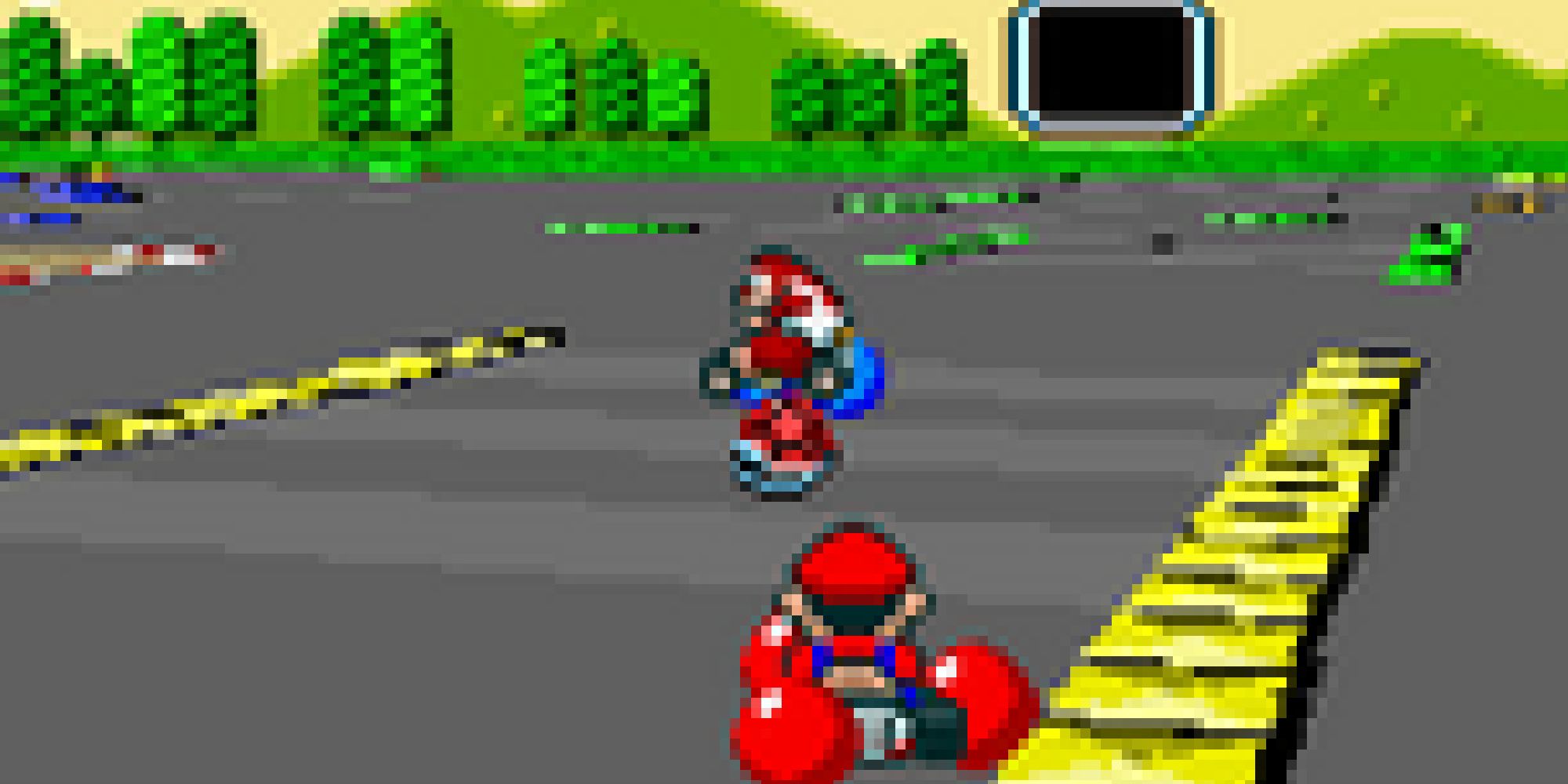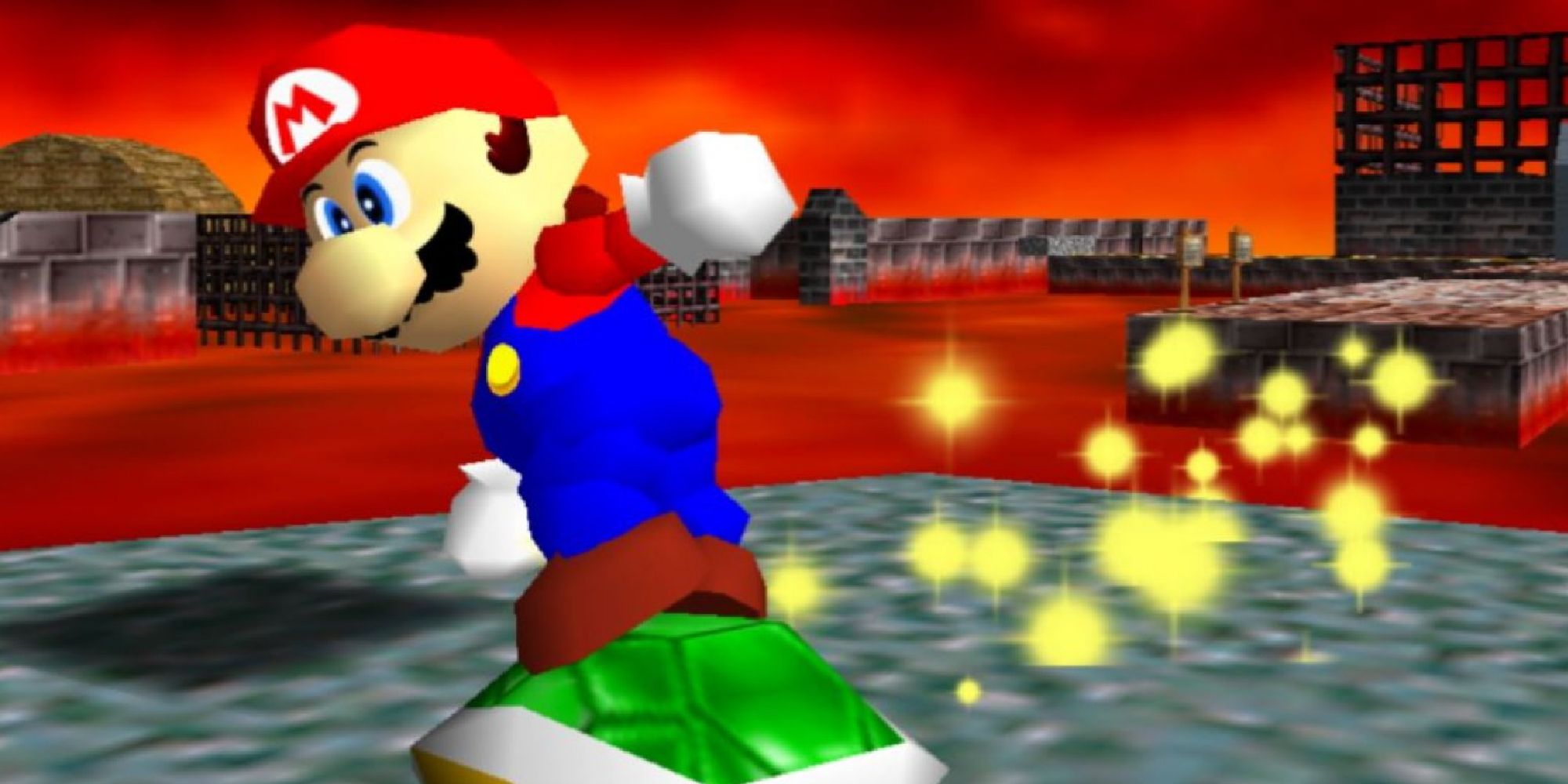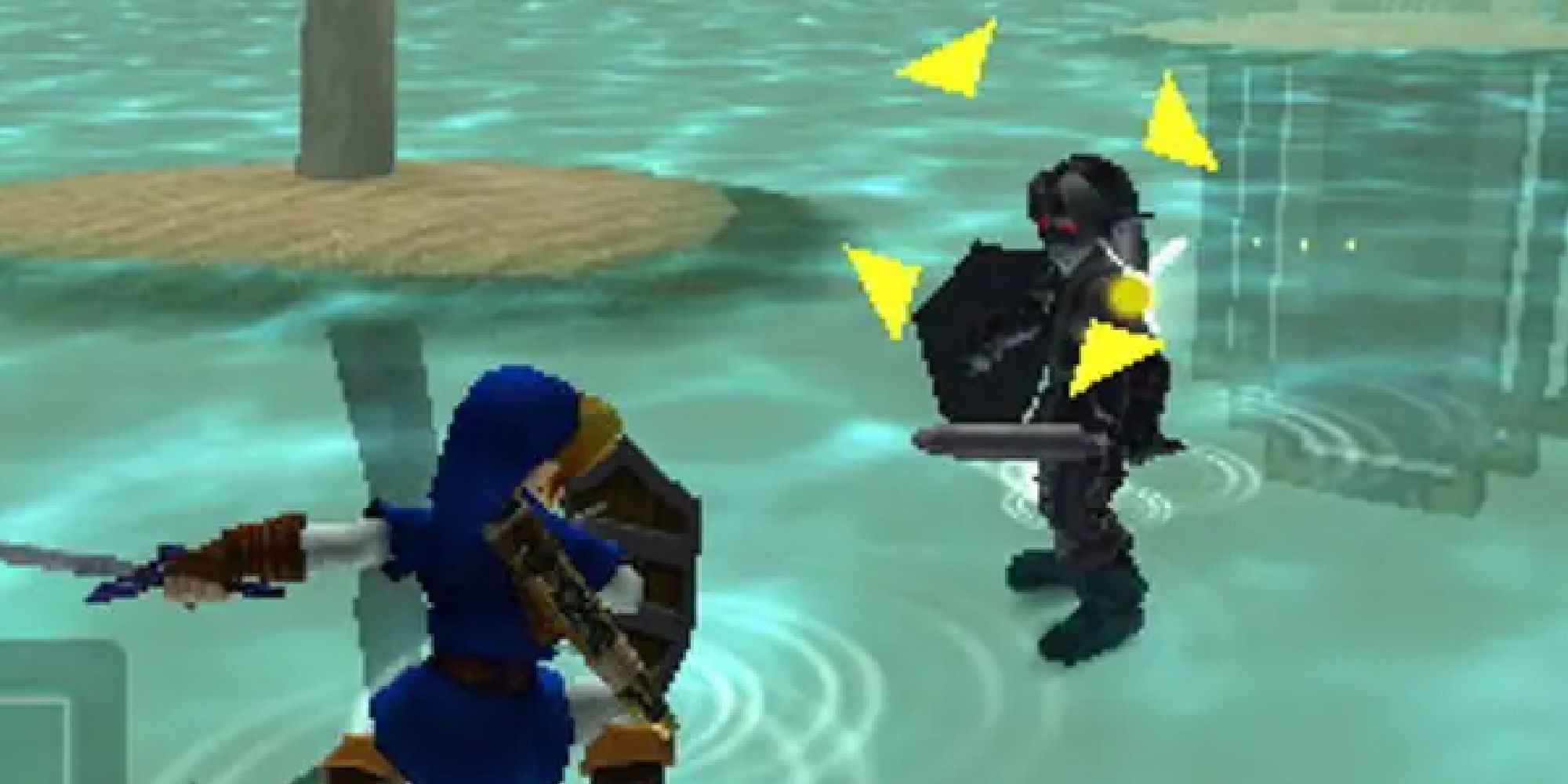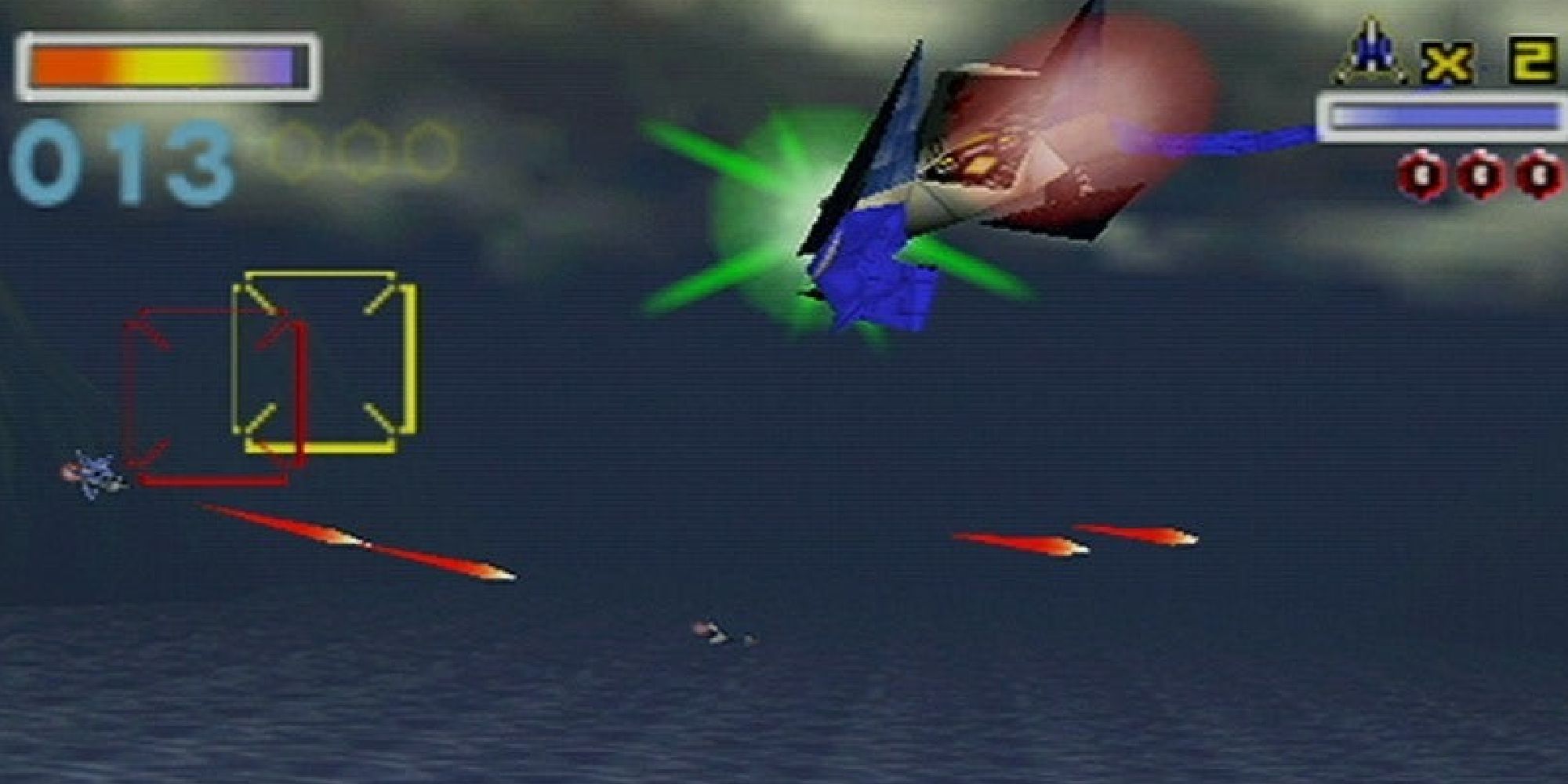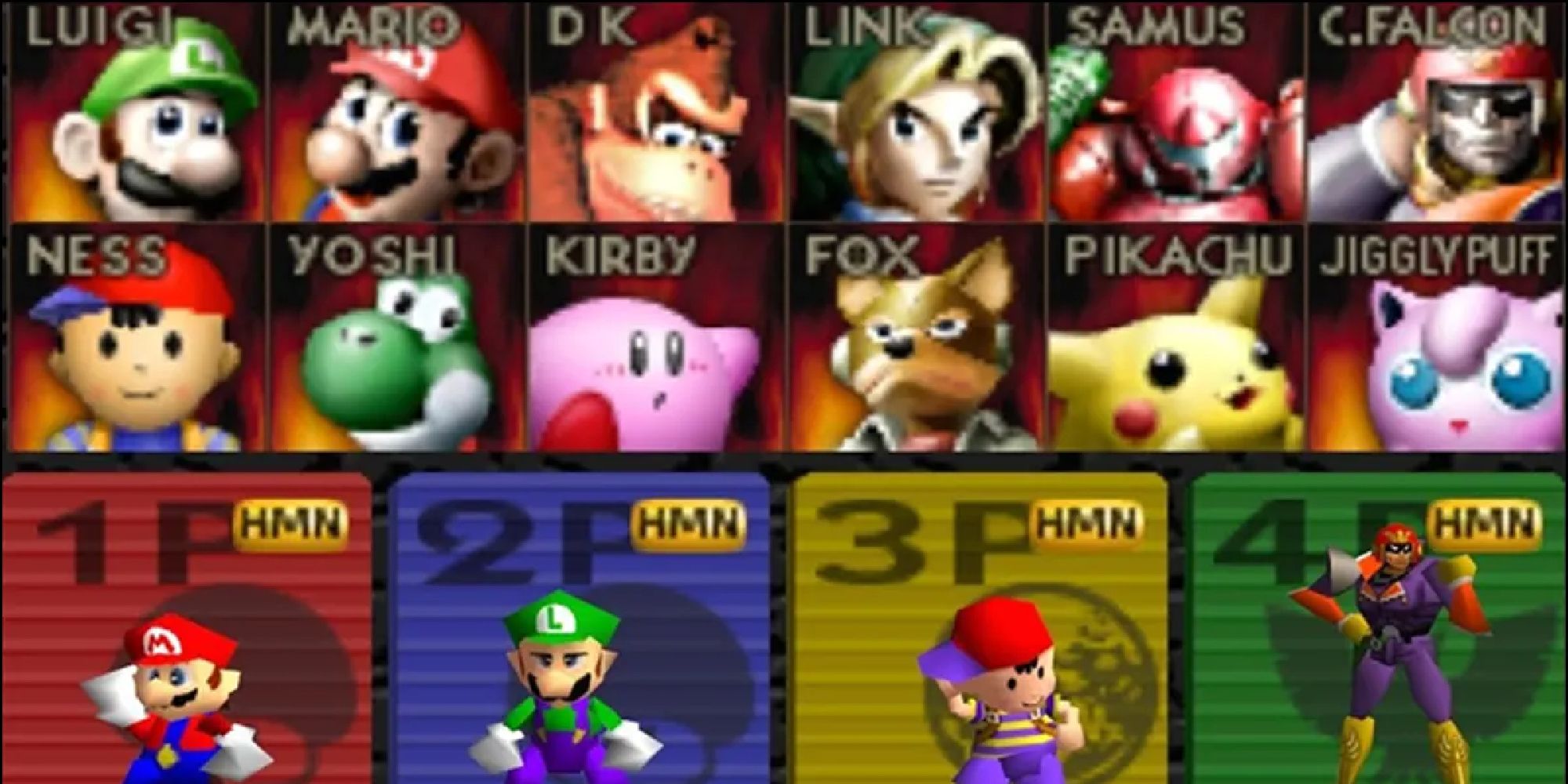Nintendo was one of the first dominating forces in the video game industry. The toy company transitioned to game development in the late 70s, gaining success by the early 80s in arcades with Donkey Kong. Eventually, they were an early pioneer of console gaming with the release of the Nintendo Entertainment System in 1985.
Subsequently, Nintendo has remained a lasting power in pop culture. Several of their franchises, such as Mario, The Legend of Zelda, and Pokemon have become examples of iconic video game franchises that remain relevant. They've also done their share of influencing game development to come, such as these 8 groundbreaking titles.
8 Super Mario Bros
Few video games are as influential as the original Super Mario Bros, which released for the NES in 1985. Designed by Shigeru Miyamoto, the game's innovation came with its simplicity, becoming the blueprint for future 2D platformers. It would even become influential for future Mario titles that directly try to recapture the original's magic.
Super Mario Bros was also the perfect game for that generation of video games. Without easily accessible information via the Internet, the addition to secret shortcuts throughout the game made fans excited to replay it over and over. While there are certainly better 2D platformers by now, none of them would exist without the grandfather of gaming history.
7 The Legend Of Zelda
A year after the initial release of the NES, Nintendo graced the gaming world with several more titles that would become tent poles of its brand. One of these was The Legend of Zelda, an adventure game based on Miyamoto's childhood of exploring the woods in Kyoto. However, the game took some of its inspiration from predecessors of top-down games.
One of these predecessor was the iconic Atari game Adventure. With much simpler graphics, Adventure contained many similar elements that The Legend of Zelda would expand upon, gameplay-wise. Where The Legend of Zelda truly defined the top-down 2D adventure genre would be in its world-building, most of which took place in the manual.
6 Super Metroid
It says a lot about how influential a franchise is when you have an entire video game genre named after it. "Metroidvania" often refers to 2D video games like Metroid or Castlevania which follow one character navigating a non-linear world. It's particularly become a popular format of indie games like Shovel Knight, Hollow Knight, and Ori and the Blind Forest.
One of the best early examples of this from Nintendo was Super Metroid, which released in 1994 for the SNES. With its polished world, complex lore, and escalation of power-ups, Super Metroid is still considered one of the best video games of all time, let alone its own series. Even its depth leaves enough room for speedrunners to test their skills.
5 Super Mario Kart
Super Mario Kart was far from the first racing game. The genre had been prominent ever since the days of arcades, with titles like Super Bug and Pole Position. However, Super Mario Kart was a seminal title of the racing game genre, particularly defining the subgenre of kart racers, like future titles Diddy Kong Racing and Wacky Wheels.
A strong trait of kart racers was containing a cast of characters, each with varying speed and weight levels. For Super Mario Kart and future franchise titles, these slots would be taken up by recognizable characters from the Mario series. Nevertheless, it would certainly become influential for character-based racing games to come after 1992.
4 Super Mario 64
Leave it to Nintendo to let the Mario franchise make all the innovations in gaming. Released alongside the highly-anticipated Nintendo 64, Super Mario 64 was an ambitious step forward for Nintendo in 1996. The gameplay would theoretically combine the staples of the Mario franchise with the new innovative mechanics of 3D platforming.
Few video games made as big an impact on 3D platforming, or gaming in general, as Super Mario 64. Rather than limit players to linear levels, Mario would be able to navigate a large, open arena with the freedom to accomplish goals at their own pace. This free-roaming model would later be copied by games like Banjo-Kazooie and Spyro.
3 The Legend Of Zelda: Ocarina Of Time
Alongside Mario, The Legend of Zelda was the other Nintendo franchise given the privilege of advancing 3D gaming. Ocarina of Time, released for the Nintendo 64 in 1998, is largely considered one of the greatest games of all time, and for good reason. It pioneered many qualities of future 3D action-adventure games, especially with its combat mechanics.
In order to adapt Zelda from 2D to 3D, the developers of Ocarina of Time centered its gameplay on a target-lock mechanic. This placed player focus on the action-oriented elements of the game rather than platforming, which would be done automatically. The openness of Ocarina's world would also influence open-world games in the future.
2 Star Fox 64
Shoot 'em up games were staples of arcade gaming, with classic titles like Space Invaders and Asteroids. The genre would continue well into the NES and SNES eras, but the dawn of 3D gaming would forever change shooters. This was especially true for Star Fox 64, which became a huge influence on one subgenre of shooters.
Rail shooters typically describes shooting games where players are set on a pre-determined course, with most of the gameplay involving aiming and shooting incoming enemy targets. It also featured an extensive plot with voice acting, as well as use of the Nintendo 64's Rumble Pak, making this genre more action-packed and story-intensive.
1 Super Smash Bros.
Prior to Super Smash Bros' initial release on the Nintendo 64, fighting games were a very niche market. Often limited to arcade cabinets, titles like Street Fighter and Mortal Kombat featured controls too advanced for most casual gamers. This was a principle theory behind Masahiro Sakurai's development of Super Smash Bros, the all-star Nintendo collab.
With the original title, Sakurai's intention behind Super Smash Bros was to create a fighting game with simplistic controls that any player could pick up. Ironically, future titles in the series, like Super Smash Bros Melee, went on to have its own highly-advanced competitive scene. Nevertheless, it became a flagship for fighting games not limited to competitive play.

